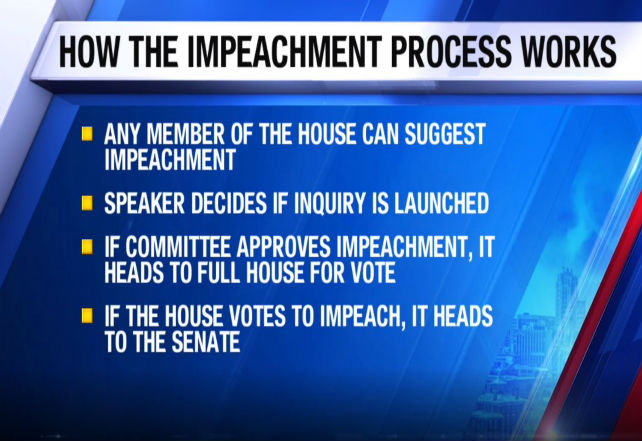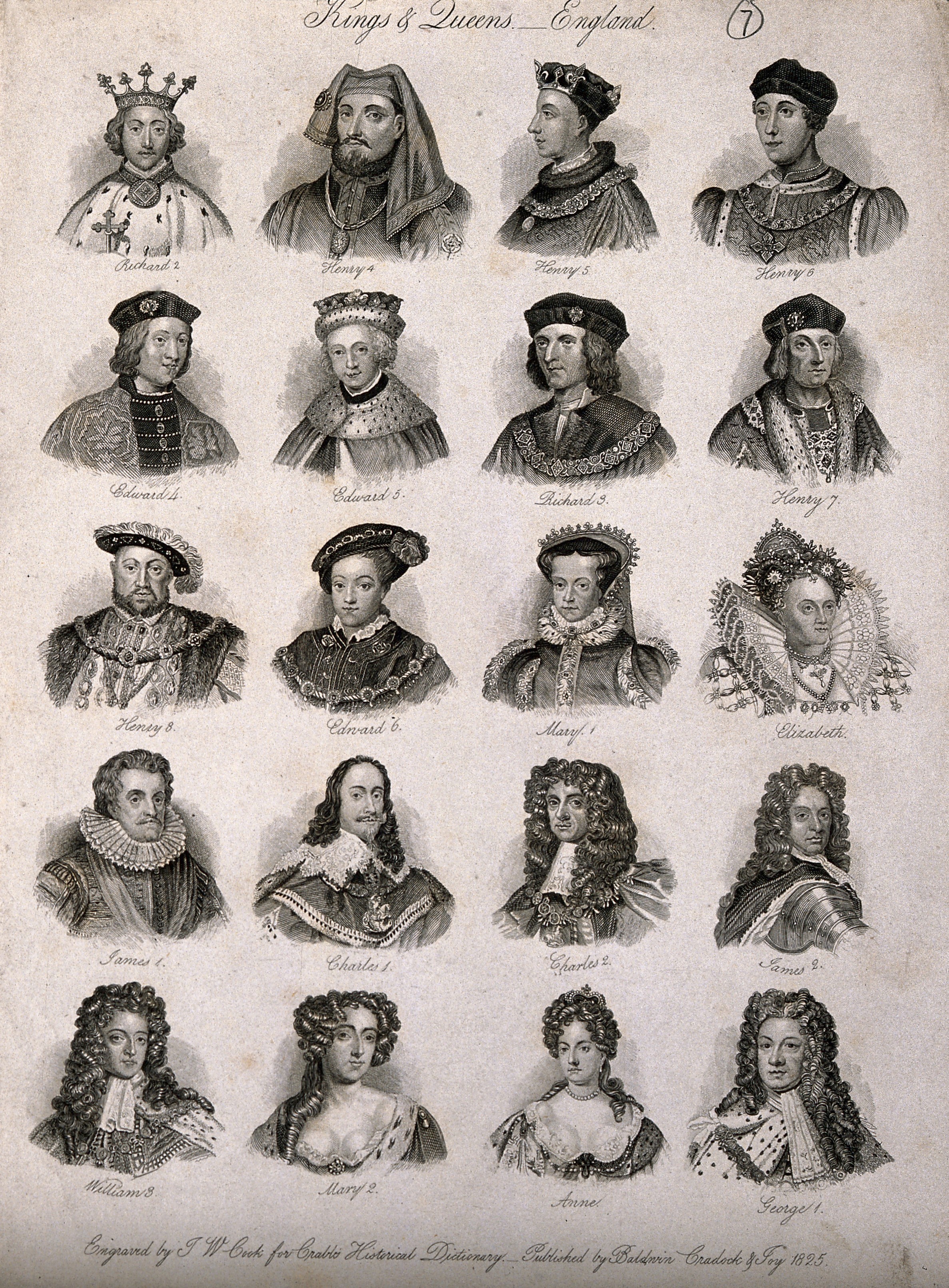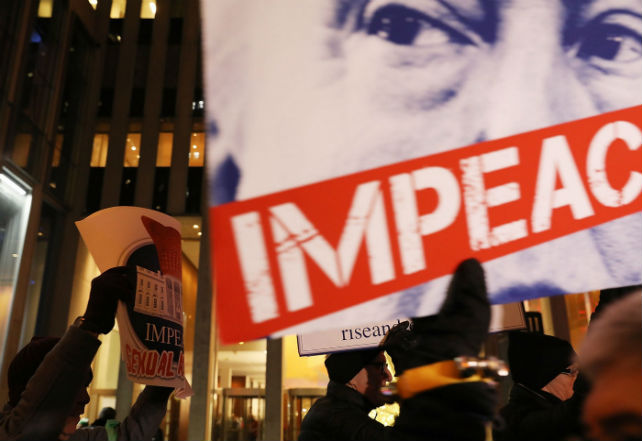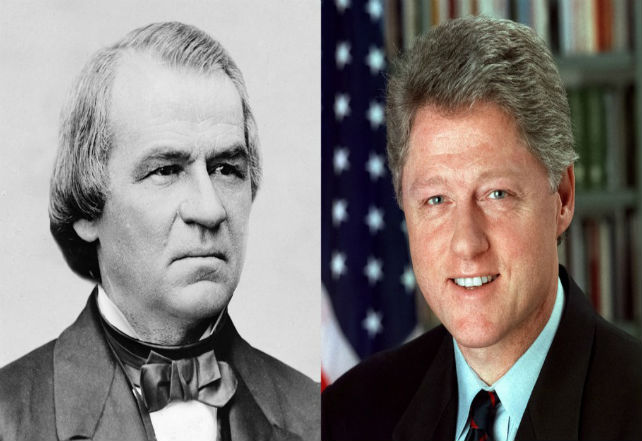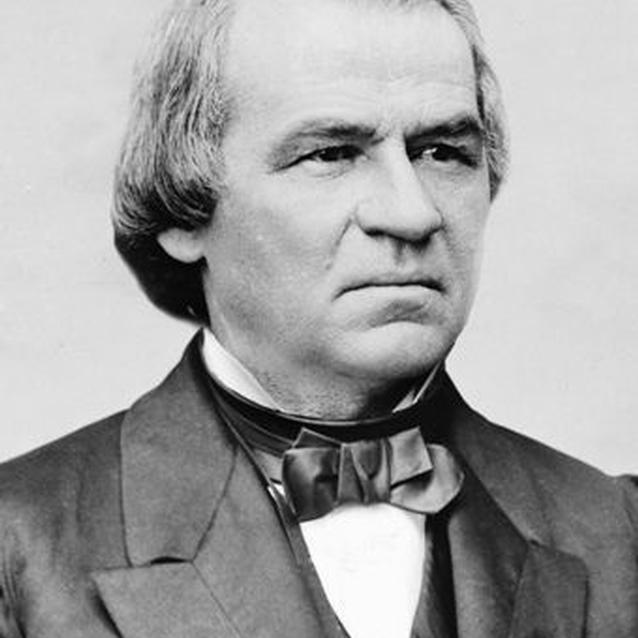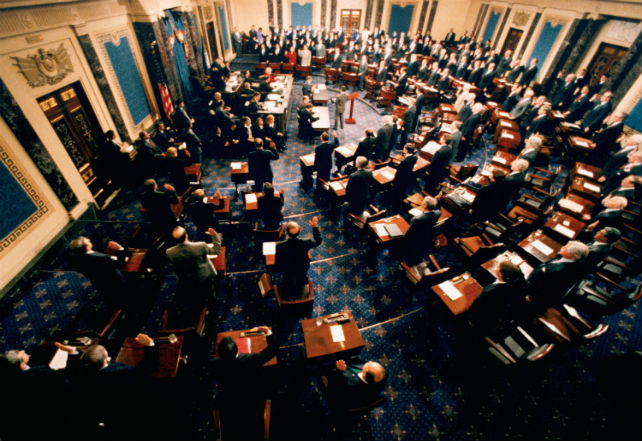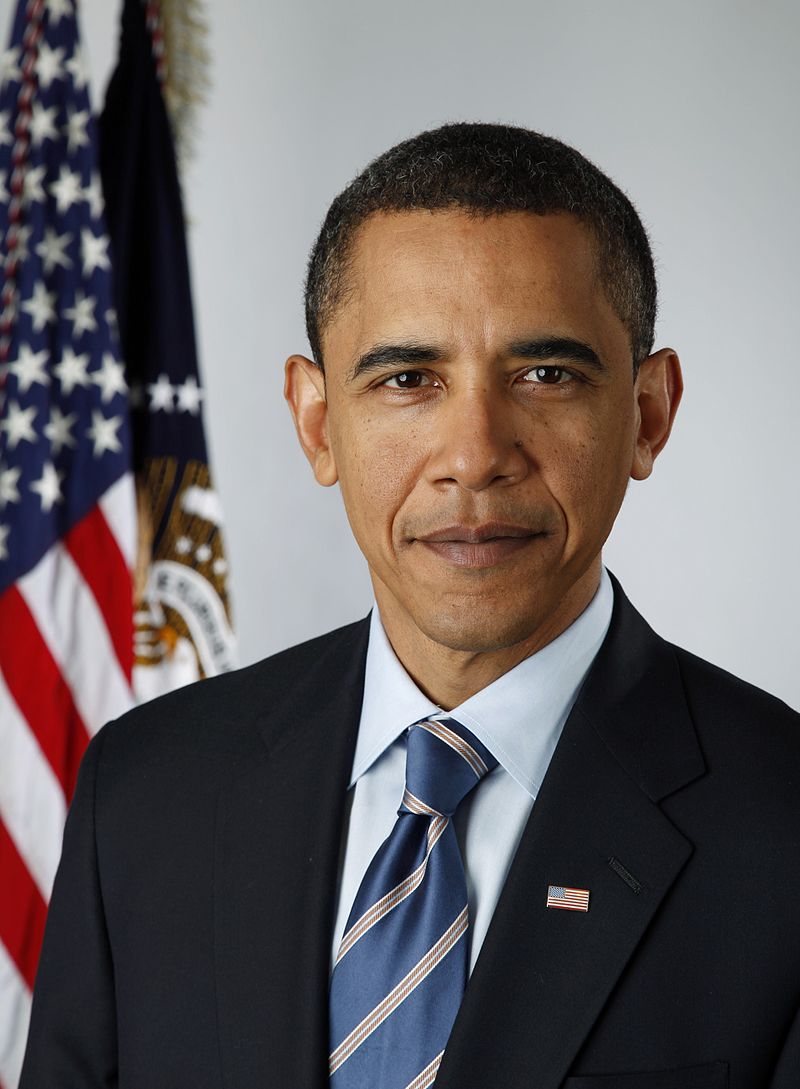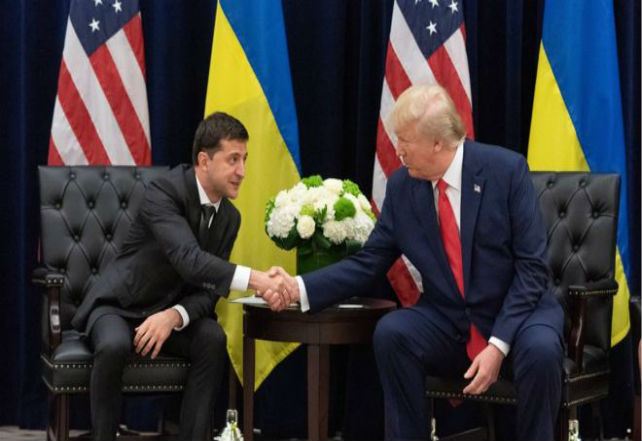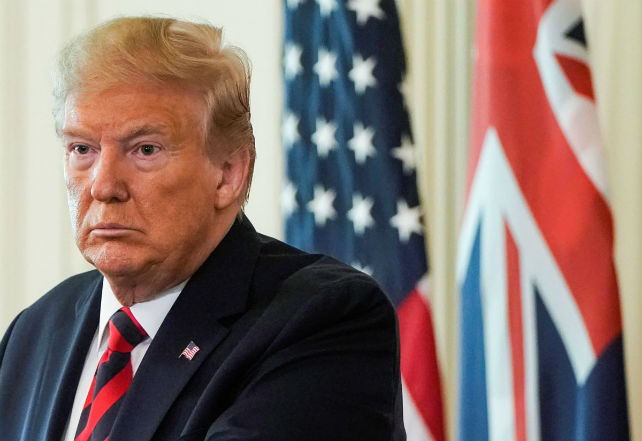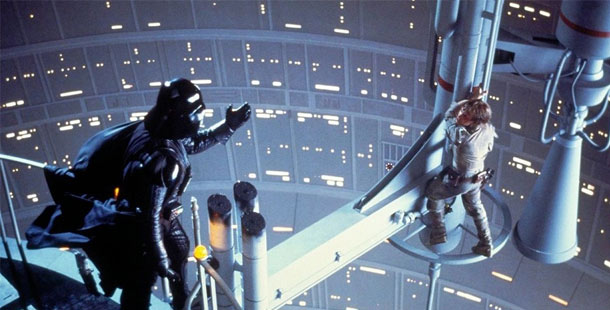Things are still at a very early stage and no one can tell what will eventually happen. However, this scandal has introduced us to a very old political and legislative process that most of us weren’t familiar with: impeachment. Impeachment is a tool used to oust a sitting U.S. president from power. More accurately, any official convicted by the Senate faces immediate removal from office, not just the president. But how does this thing work? If you want to know everything about it, this list of the 20 Things You Need To Know About Impeachment that follows will help you get an idea of what’s currently going on with the country’s political scene. Surprisingly, no president has ever been removed from the office in this way. However, the exact definition of the phrase “high crimes and misdemeanors” is not defined in the Constitution itself. However, this step has been skipped on occasion in the impeachment of judges. So, how exactly does an impeachment begin, you ask? It might depend on how much the media likes (or does not like) a certain president. (But this is only a guess.) That system authorized Parliament to investigate royal advisers and other higher officials. When King Charles I was tried before the Rump Parliament of the New Model Army in 1649, he denied that they had any right to legally indict him. He claimed that his power was given by God and no human had the power to impeach against his king and thus against God. Actually, they explicitly mentioned the president, to ensure there would be no ambiguity. Congress has no power to impose criminal penalties on impeached presidents or officials. However, criminal courts could try to punish an official if they consider that an official has committed common crimes. Of the 19 impeachments by the House, two cases did not come to trial because the individuals had left office; seven were acquitted, and eight officials were convicted, all of whom were judges. Both presidents were later acquitted by the Senate. To be more specific, President Johnson had removed Edwin M. Stanton, the Secretary of War, from office. He attempted to replace Stanton with Brevet Major General Lorenzo Thomas. Johnson became the first American president to be impeached back in 1868. He would remain the only American president to face a Senate trial for over a century until Bill Clinton became the second in 1998. The second alleged obstruction of justice was to hide evidence in that case. It was a highly legalistic argument, which helped buttress the false public impression that, without “crimes,” there can be no impeachment. President Clinton was acquitted by the Senate. The votes in the Senate to remove him from office did not even reach a majority. Further, one was a Cabinet secretary and the other was a Senator. The impeachment was not completed, though, as he resigned from office in 1974 before the House voted on the articles of impeachment. Since January 20, 1961, when Eisenhower was leaving the office, Democrats have introduced impeachment articles against every elected Republican president. One of the attempts included the false claim that Obama was born outside the United States. Further, some people alleged that there was a White House cover-up after the 2012 Benghazi attack. Last but not least, Obama was accused of failing to enforce immigration laws. However, no list of articles of impeachment was ever drawn up and proposed to the House Judiciary Committee. Fortunately for him, none of these efforts advanced past the hearing stage. The whistleblower, who we now know was a member of the CIA and detailed to the National Security Council, claimed that a phone call in July 2019 between Trump and Ukrainian President Volodymyr Zelensky set off alarm bells in the intelligence community. This phone call started the whole thing. Should Mr. Pence get impeached too, then the Speaker of the House, Mrs. Pelosi, would take the top job.

